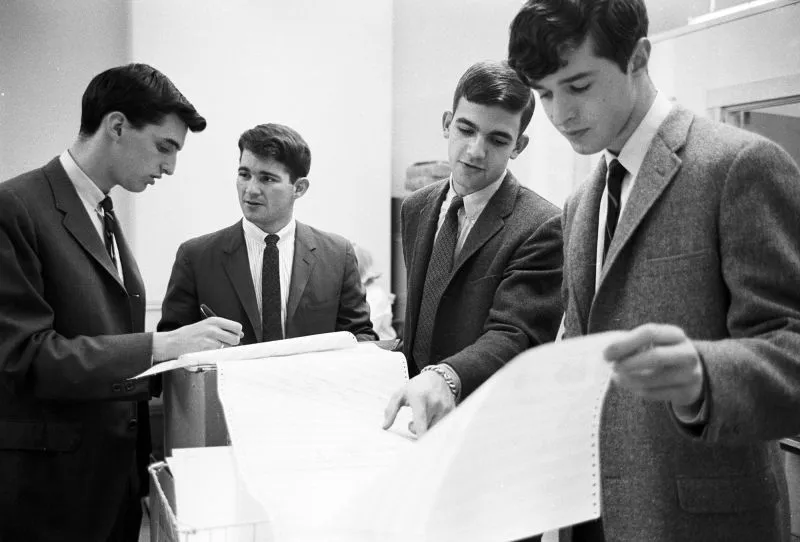The Rise of Computer Matchmaking: A Look Back at Operation Match

Transforming Relationships Through Technology
In 1965, a Harvard dorm room buzzed with excitement as the first computer matchmaking service, Operation Match, opened its digital doors. This innovative approach was light years ahead of its time, allowing college students to navigate the dating scene like never before. Instead of traditional mixers, users filled out a 75-point questionnaire covering personal interests and preferences, merging technology with romance.
The Matchmaking Mechanism
- Participants answered twice: about themselves and their ideal partner.
- Scandalously, it even touched upon attitudes towards sex, which was an audacious topic in the 1960s.
- Despite its dated norms, it was a catalyst for change in dating practices.
Impact on Modern Dating Apps
Fast forward to today, and the influence of Operation Match is undeniably evident. What began with a room-sized IBM computer has blossomed into a multibillion-dollar industry of dating apps catering to various needs and preferences. Today’s platforms, including Tinder and Hinge, owe much of their existence to the pioneering work of Tarr and Morrill.
For past users like Patsy Tarr, the experience was thrilling, offering a chance at romance outside traditional avenues. Reflecting on this revolutionary program, experts note how it instigated a shift in societal expectations around love and companionship. Dating apps today continue to evolve, aiming to balance technology with genuine human connection.
Future Directions in Dating Technology
- Utilizing AI to enhance matchmaking precision.
- Transparency in algorithms to keep users informed.
- New apps focusing on real-life connections amidst the surge of online interactions.
This article was prepared using information from open sources in accordance with the principles of Ethical Policy. The editorial team is not responsible for absolute accuracy, as it relies on data from the sources referenced.